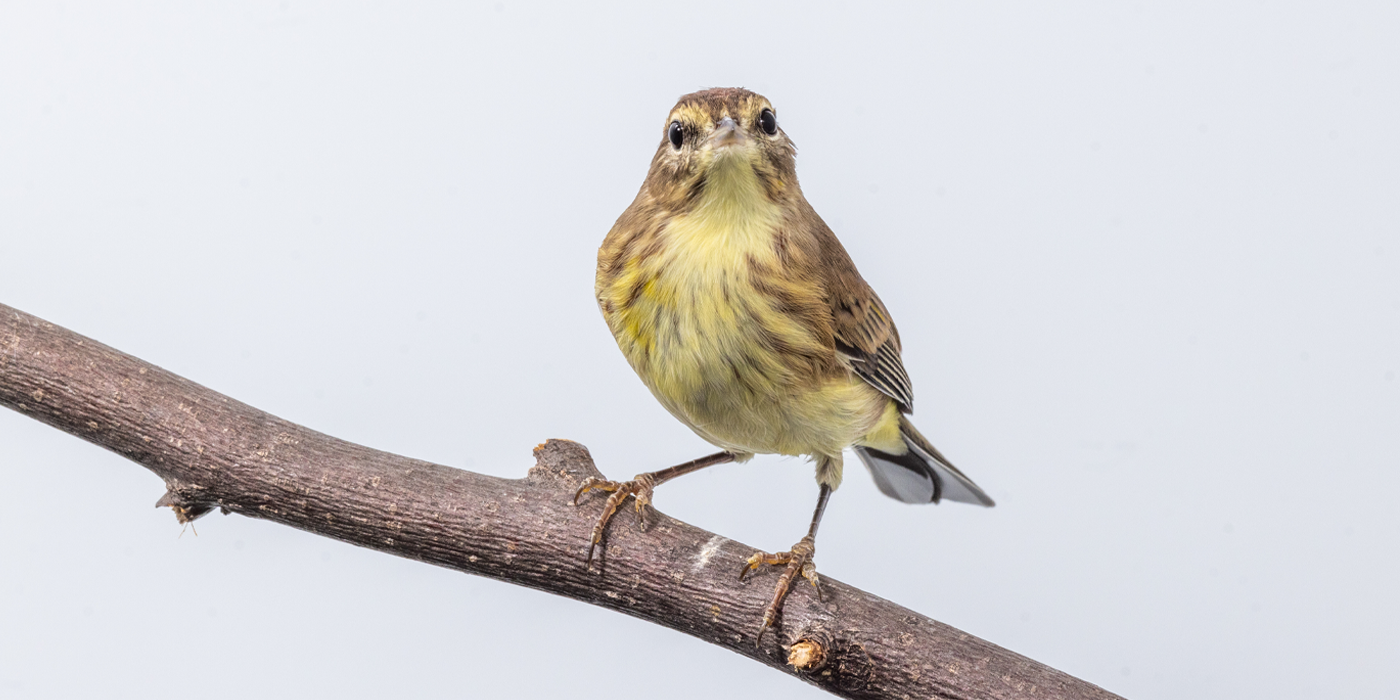Physical Description
Size
Native Habitat
Lifespan
Communication
Food/Eating Habits
Sleep Habits
Social Structure
Reproduction and Development
As migratory birds, palm warblers travel northward to their preferred breeding grounds every spring, with males arriving a few weeks ahead of females.
Females build cup-shaped nests out of peat moss and other soft plant materials on the ground or near the base of a tree. They lay clutches of four to five creamy white eggs with brown markings which hatch after 12 days. Both parents help feed the nestlings. After about 12 days, the young fledge the nest.
Conservation Efforts
Help this Species
Be a responsible cat owner, and keep cats indoors or under restraint when outside. Never release animals that have been kept as pets into the wild.
Share the story of this animal with others. Simply raising awareness about this species can contribute to its overall protection.
Conservation starts with you! Join a citizen science project where you can help collect valuable data for scientists. Encourage your friends and family to get involved too.
Plant native flowers in your garden to help feed resident and migrating pollinators. You'll make your lawn beautiful and help wildlife at the same time!
Smithsonian's National Zoo and Conservation Biology Institute. (n.d.). Palm warbler. Retrieved January 19, 2026, from https://nationalzoo.si.edu/animals/palm-warbler
Animal News



